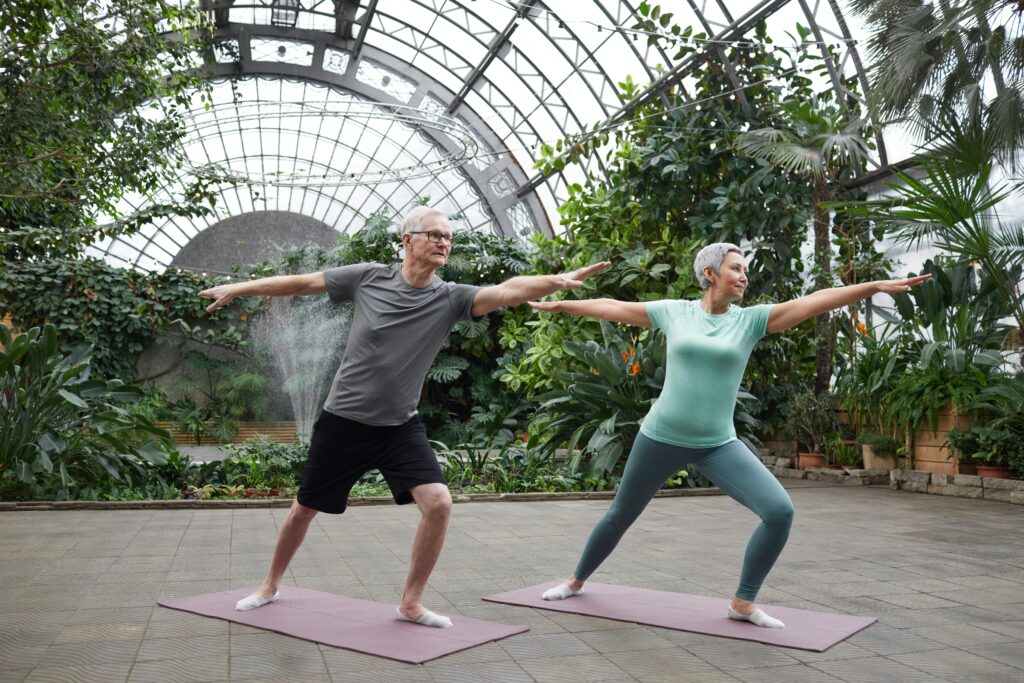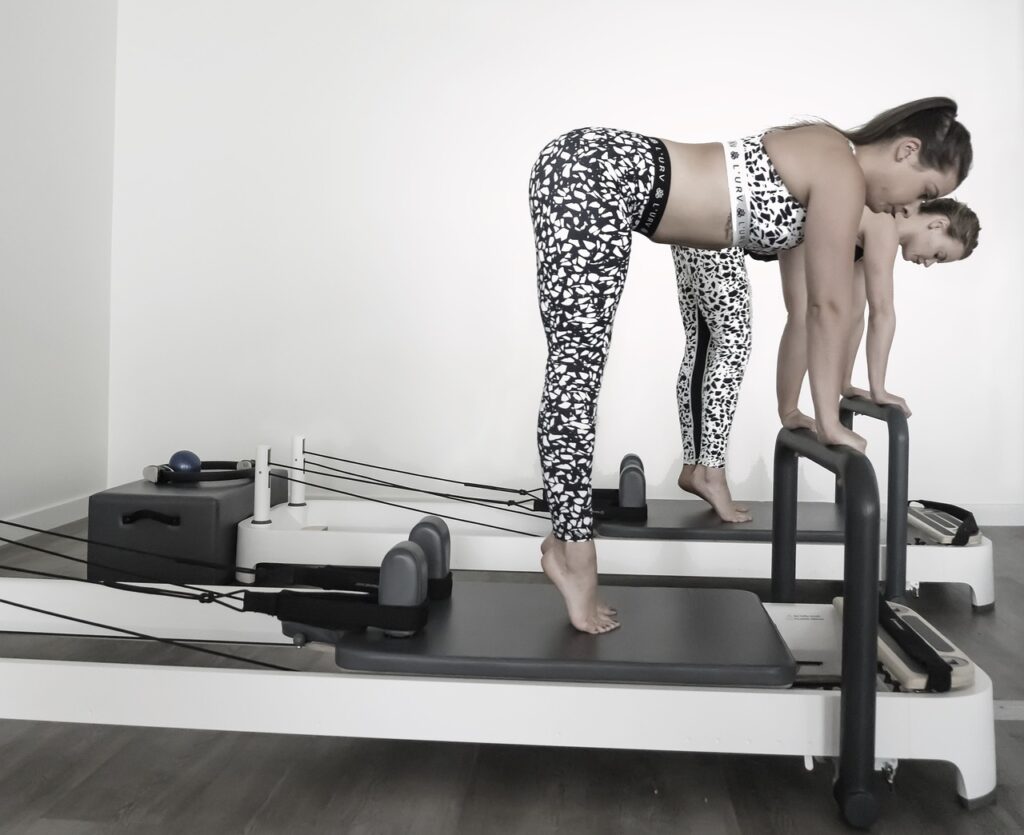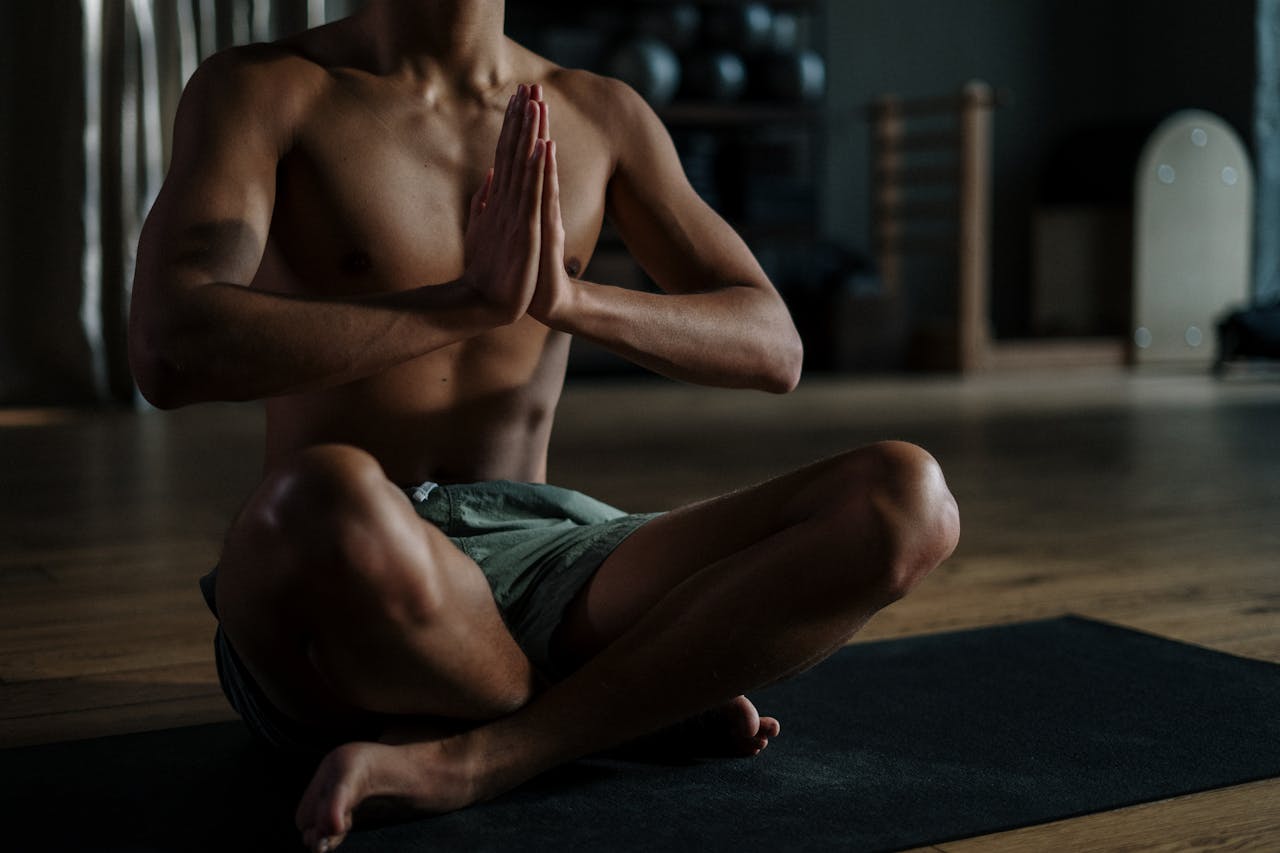Yoga and Pilates are often grouped together as low-impact workouts focused on flexibility and core strength. However, each has unique features and benefits. Here’s a breakdown of six key differences between yoga and Pilates to help you decide which one suits your goals and preferences.
1. Origins and Philosophy
Yoga: A Holistic Practice with Ancient Roots
Yoga originated in ancient India over 5,000 years ago. It’s a holistic practice that combines physical postures, breathing exercises, and meditation to promote mind-body balance and spiritual growth.
Pilates: A 20th-Century Exercise System
Pilates was developed by Joseph Pilates in the early 20th century as a physical fitness system to strengthen the body, especially the core. It’s rooted in principles of control, concentration, and precision rather than spirituality.

2. Focus and Intent
Yoga: Mind-Body Connection and Flexibility
Yoga focuses on achieving a mind-body connection through breath control and mindful movement. It incorporates stretching to improve flexibility and uses poses to enhance balance and mental clarity.
Pilates: Core Strength and Stability
Pilates emphasizes core strength, stability, and muscle control. While it can improve flexibility, its primary goal is to build and tone muscles, especially the core, through controlled, repetitive movements.
3. Breathing Techniques
Yoga: Various Breathing Styles
Yoga includes a variety of breathing techniques, called pranayama, which are designed to enhance relaxation, focus, and energy flow. The breath is typically synchronized with movements to create a sense of calm and mindfulness.
Pilates: Focused Breathing for Muscle Engagement
In Pilates, breath is used to engage the core muscles. Practitioners are encouraged to breathe deeply through the nose and exhale through the mouth, with emphasis on engaging the abdominal muscles to support movement.
4. Equipment Used
Yoga: Mostly Bodyweight-Based with Minimal Props
Yoga primarily uses bodyweight for resistance, with props like yoga mats, blocks, and straps sometimes used to assist with certain poses or deepen stretches. The focus is on using your body’s natural weight to enhance flexibility and balance.
Pilates: Often Involves Specialized Equipment
While Pilates can be done on a mat, it often involves specialized equipment, such as reformers, stability balls, resistance bands, and barrels. These tools add resistance and support, making Pilates exercises more dynamic and varied.

5. Variety of Movements and Styles
Yoga: Wide Range of Styles
Yoga offers a wide range of styles, from gentle practices like Restorative and Hatha Yoga to more physically demanding ones like Ashtanga and Power Yoga. Each style has a different focus, making yoga adaptable to different fitness levels and goals.
Pilates: Primarily Mat and Reformer-Based
Pilates primarily has two styles: Mat Pilates and Reformer Pilates. While the exercises focus on building strength and flexibility, the approach is generally more structured than yoga, with sequences designed to engage specific muscle groups.
6. Mental and Spiritual Focus
Yoga: Emphasis on Mindfulness and Spirituality
Yoga places a strong emphasis on mindfulness and often incorporates elements of meditation and spirituality. It encourages a holistic approach to health, blending mental, physical, and spiritual well-being.
Pilates: Focused on Physical Fitness and Mental Discipline
While Pilates also requires concentration and focus, it is more of a physical exercise system than a spiritual one. The mental benefits of Pilates come from body awareness and muscle control rather than meditation or spirituality.
In Conclusion
Both yoga and Pilates offer incredible benefits, including improved flexibility, core strength, and mind-body connection. Yoga is ideal for those seeking a holistic practice that includes mindfulness and spirituality, while Pilates is perfect for those focused on building core strength, stability, and muscle tone. The choice between the two depends on your fitness goals and personal preferences, but you may even find that a combination of both brings you the best results.


